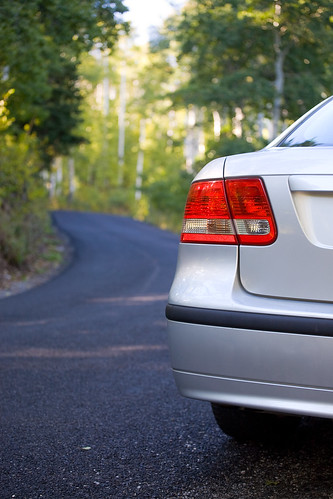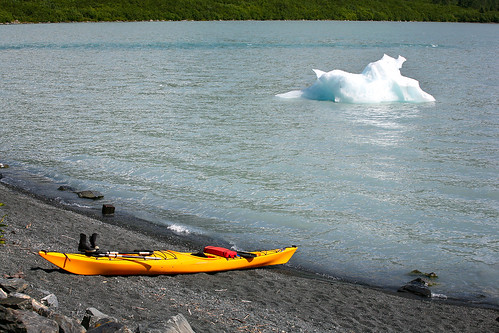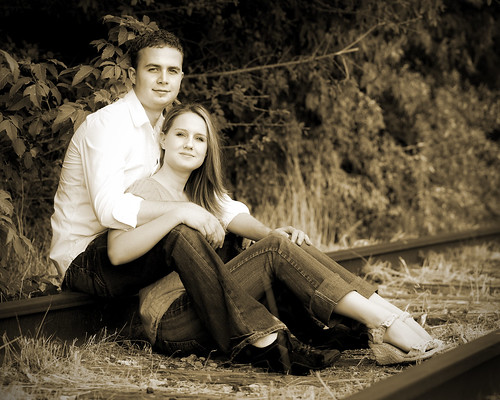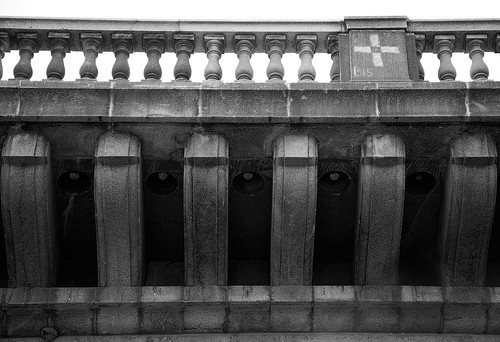Photowalking Salt Lake City - October 6th
With a deserved nod to Thomas Hawk's semi-famous San Francisco Photowalks, I will be participating in a Salt Lake City Photowalk on Saturday October 6th. I"ve teamed up with several other Utah photographers to organize this outing. Here are the details:
When: Saturday October 6th at 5:00 pm
Where: Meet at the main entrance to the Salt Palace (100 S. West Temple) on the East side of the building under the tower (see today's photo)
Who: Anyone who wants to attend
This will be a non-competitive opportunity to photograph in and around downtown Salt Lake City and to get to know other photographers. You don't have to have the "latest-and-greatest" camera to participate. In fact, if someone wants to come and doesn't have a camera, I will have a couple of loaners available.
We will start at the Salt Palace and head out from there. I would expect it to last no more than 2-3 hours. Since it is LDS Conference Weekend, parking might be troublesome. I am considering riding the train into town to alleviate this concern.
If you have any questions or need to contact me about the activity, give me a call at (801) 259-3500 or email rich@leggnet.com (gutsy move giving out my info, eh?).
I hope to see you there!
Canon 5D, Canon 24-105 f/4L lens - 1/100 second, f/7.1, ISO 50
Labels: photowalking



























